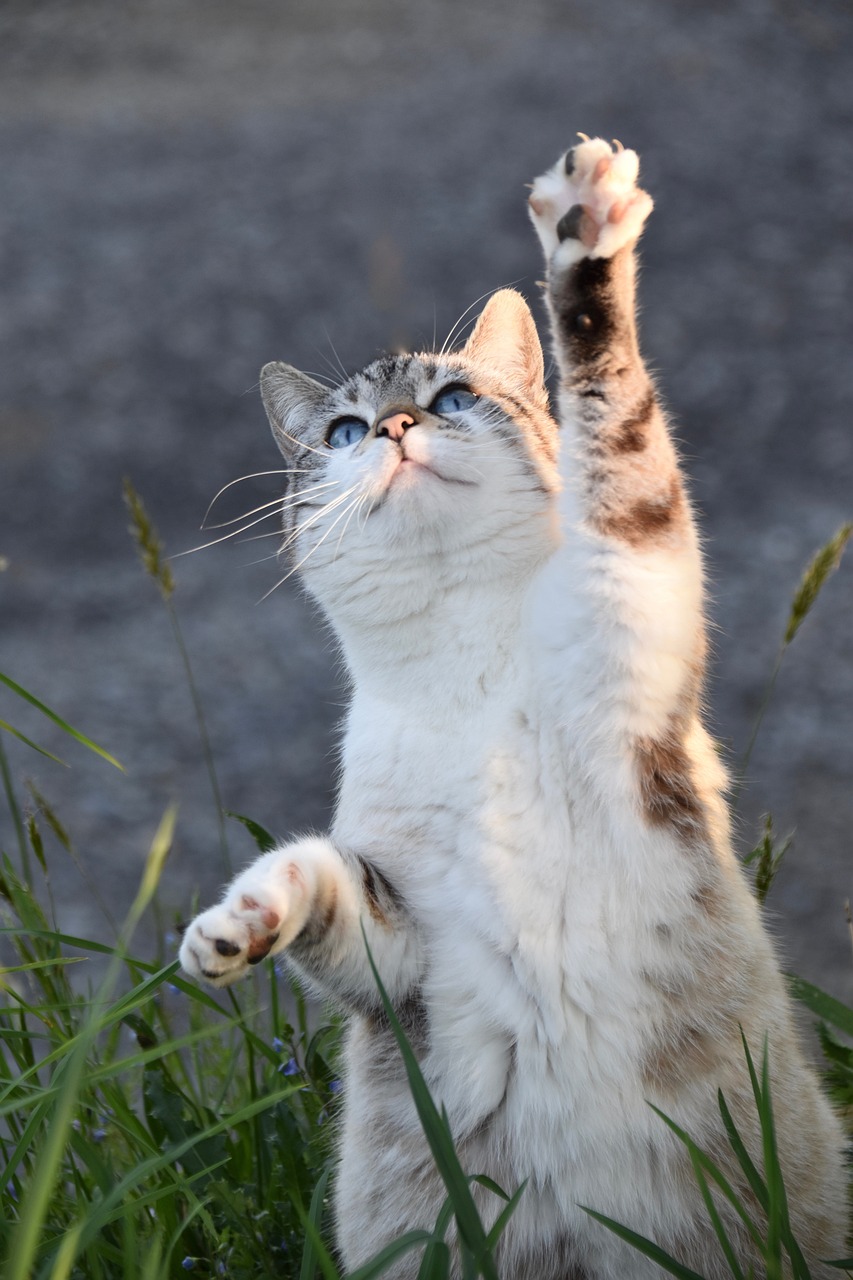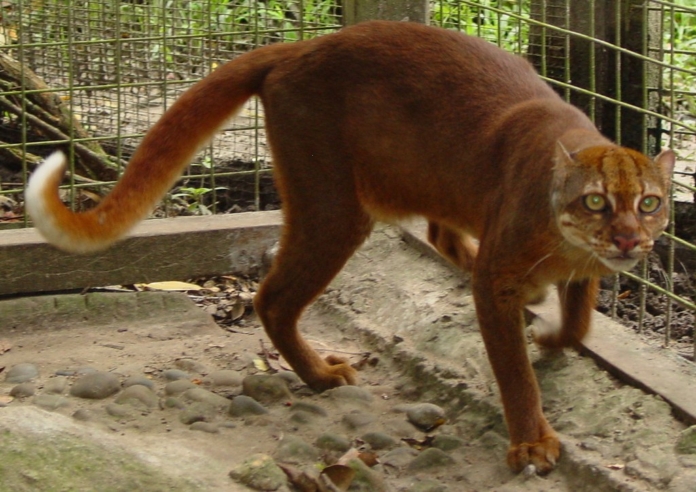Understanding the bay cat’s mystery
In the post Ignorance is the Greatest Threat to Borneo’s Bay Cat – Wildlife Conservation Network, we learn about the mysterious nature of the bay cat. It’s a vital topic because the more we understand about these elusive creatures, the better we can protect them.
The bay cat is a small feline that lives only in Borneo. Not many people have seen it, and even fewer have studied it. This makes it very hard to know how the bay cat lives, what it eats, and how it behaves. Scientists discovered it more than 60 years ago, yet we still don’t have basic information about it.
What makes the bay cat extra interesting is its brownish-red fur. It’s the only cat in Borneo with such coloring, and this uniqueness adds to the mystery. Imagine trying to study a ghost! That’s how some researchers feel about the bay cat. In fact, some call it a ghost cat because it’s so rarely seen.
Why does this matter? Well, understanding an animal helps us protect it. But with the bay cat, we don’t know much. We don’t even know what threatens it the most. This lack of knowledge is scary. If we don’t know what’s causing the bay cat’s decline, how can we save it?
Here’s a quote to emphasize the challenge:
“No one can tell me specifically what the threats are,” says Jim Sanderson, a leading expert on small wild cats.
In simple terms, the bay cat’s mystery is a puzzle waiting to be solved. But we need more clues. We need to understand its habits, its needs, and its enemies. Only then can we create effective conservation plans. Until we get more answers, the bay cat will remain an enigma, just out of reach.
Challenges in bay cat conservation
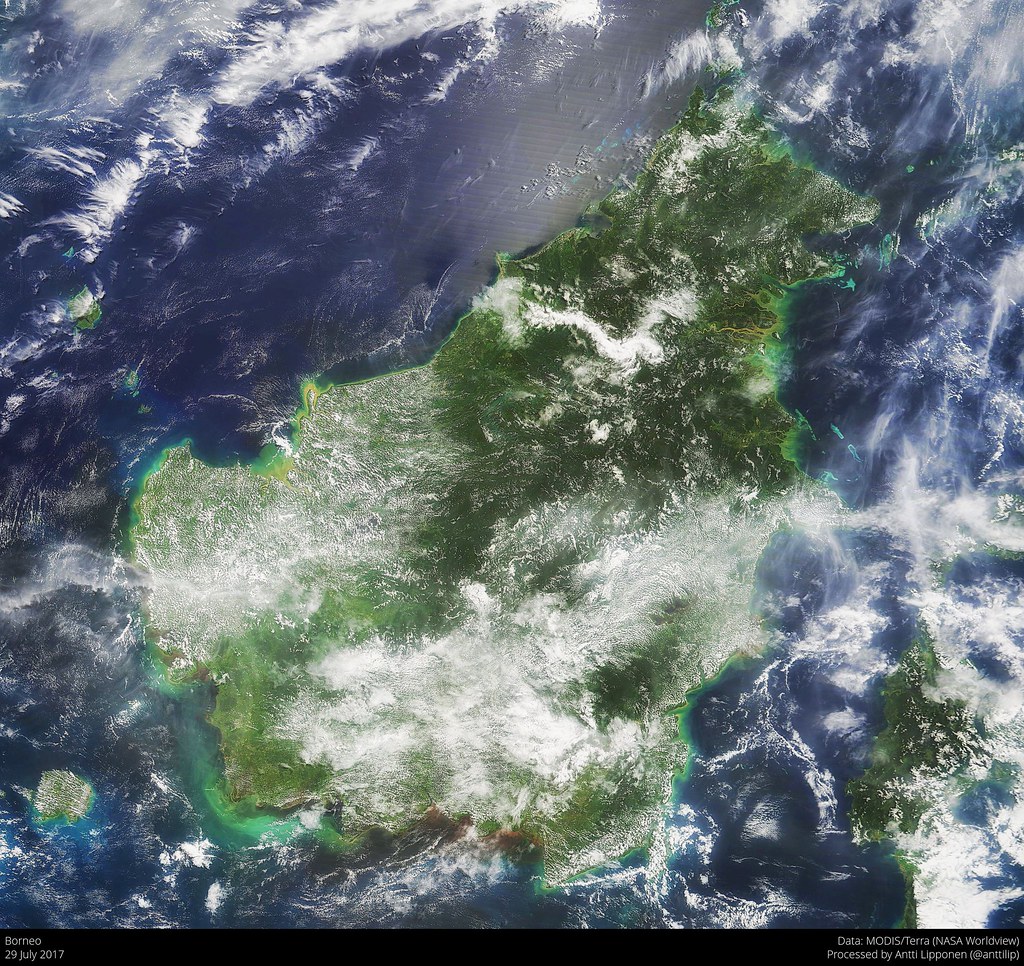
The post touches on critical challenges for conserving the bay cat. The first barrier is its elusiveness. Because the bay cat is so rarely seen, it’s tough for researchers to gather the necessary data. Nocturnal habits and a limited range in dense forests make spotting them nearly impossible. Add in the fact that these cats may not have a strict territory, and every expedition becomes a game of hide and seek.
A major issue is the lack of data on the bay cat’s habitat needs. Without knowing where they live or how much space they need, conservation efforts are like shooting in the dark. For example, if a forest is cut down for agriculture, we don’t understand how much this affects the bay cat population. It’s a guessing game that conservationists can’t afford to lose.
Another challenge is the threat posed by human activities. Deforestation for palm oil plantations, illegal logging, and hunting all pose risks to many species in Borneo, including the bay cat. But without solid data, it’s hard to say how and to what extent these activities impact the bay cat specifically. This uncertainty complicates efforts to implement effective conservation measures.
Beyond environmental threats, there’s also the troubling issue of legal protections. While some areas might offer the bay cat protection, laws can be poorly enforced. Poaching and illegal wildlife trade are rampant in many parts of the world, adding another layer of risk for these elusive cats. And because the bay cat is so infrequently seen, it’s difficult to monitor its population and enforce protections.
In summary, the challenges for conserving the bay cat are significant:
- Elusiveness: Hard to find and study.
- Habitat Requirements: Unknown territory needs.
- Human Activities: Impact of deforestation and hunting poorly understood.
- Legal Protections: Poorly enforced, with high risk from poaching.
This table summarizes these key points:
| Challenge | Details |
| Elusiveness | Bay cat is rarely seen, making it tough to study. |
| Habitat Requirements | Unknown territory needs and habitat use. |
| Human Activities | Impact of deforestation and hunting poorly understood. |
| Legal Protections | Poorly enforced, with high risk from poaching. |
Addressing these challenges will require more funding and greater awareness. With better resources, researchers can conduct more thorough studies to uncover the secrets of this mysterious feline. Only then can we start to form effective conservation strategies to protect the bay cat.
The importance of funding and awareness
Support for bay cat conservation isn’t easy to come by. The world is full of endangered animals, and species like tigers and elephants often take center stage. But for the bay cat, there’s a huge need for both funding and increased awareness.
The post highlights some ways we can improve the situation. First, more funding is essential. Without it, researchers can’t conduct the studies needed to understand the bay cat’s life and threats. Every piece of data helps build a clearer picture, leading to better conservation strategies. Organizations like the Small Wild Cat Conservation Foundation (SWCCF) are already working hard, but they need more support to make a real impact.
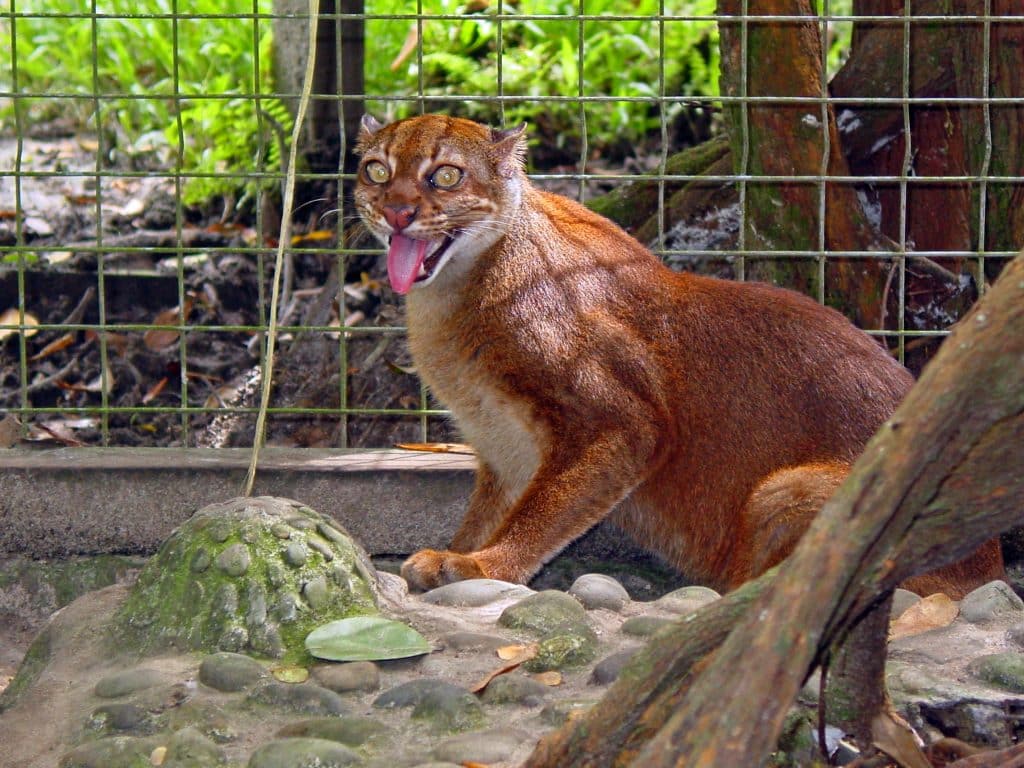
Some key points for why funding and awareness are so important include:
- Research: Understanding the bay cat’s behavior, diet, and habitat is important. More funding means more fieldwork, which can provide the answers we need.
- Protection: Stronger laws and better enforcement can help reduce threats like poaching and habitat destruction. Awareness campaigns can also educate locals about the bay cat, encouraging them to protect it.
- Collaboration: Working together with local communities, governments, and international organizations can lead to more effective conservation plans.
Imagine if we knew exactly where bay cats lived and what they needed to thrive. We could create protected areas, prevent deforestation, and take steps to stop illegal hunting. All of this requires money and awareness to drive action.
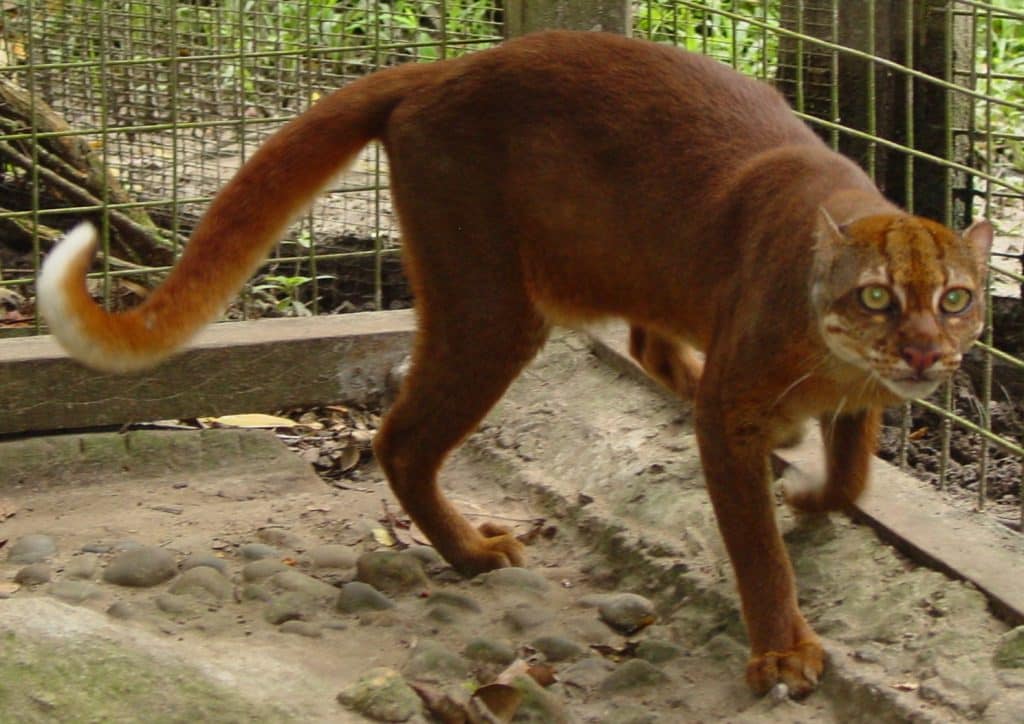
Another big point from the post is that awareness matters just as much as funding. People can only care about what they know. By sharing the story of the bay cat, we can get more people interested and involved. This can lead to grassroots movements, more donations, and even pressure on governments to take action.
The bay cat’s plight is a reminder of how much we still don’t know about our world. It’s an invitation to learn more and do better. More funding and awareness can turn the tide for this mysterious feline. The more people who know about the bay cat, the better its chances of survival.
For more on the bay cat and how you can help, read the full post at Ignorance is the Greatest Threat to Borneo’s Bay Cat.
